Papa Jon’s Café Rokkaku, January 13th, 2024
Writers In Kyoto aims not only to bring together members of the local literary community to focus on writing, but also to support each other’s activities. WiK member Rebecca Otowa exhibited her watercolor paintings between January 10th and 15th at Papa Jon’s Café Rokkaku in downtown Kyoto, a venue well-known for providing exhibition space for local artists, as well as a place for Writers in Kyoto (WiK) meetings. On January 13th, Rebecca was present to welcome visitors and answer questions, and some WiK members came in to enjoy her company and a slice of the café’s delicious cheesecake. Rebecca spoke with me about her paintings and creative process, and some of her direct answers are shared below.
Rebecca is known not only for her literary works but also her mesmerizing images, created mainly with Holbein watercolors (directly from the tube) and aquarelle pencils. From 2011 to the present, she has been particularly productive, having created and preserved approximately fifty pictures. This exhibition at Papa Jon’s is Rebecca’s third, with two others having taken place in and around her town in eastern Shiga Prefecture.
Myxomycetes (Watercolor, 2020), one painting which was on display, is an abstract and colored version of tiny fungi (also called “slime mold”), which live in forest networks. Rebecca became fascinated by their existence when visiting the Wakayama Prefecture-based museum of renowned Japanese naturalist Kumagusu Minakata. This painting, as well as another titled Fun with Kanji II Enjoyment (Watercolor, 2012), have various colorful patterns within outlined shapes, a technique Rebecca often uses. As the creative process unfolds, Rebecca largely allows the image itself to guide her, instead of leading with preconceived ideas.
Myxomycetes (2020)
Café Scene and Fun with Kanji II Enjoyment (2012)
Another strong focus of Rebecca’s work is the four elements of Western philosophy: fire, earth, water and air.
“I’ve made a lot of mandala, all based on four elements. Because there are four elements and four seasons, this lends itself very well to square paper because you have a shape which you can divide into four. One of the first pictures I made was a mandala of four elements based on Mexican art. That was an inspiration I got from a Kyoto Journal exhibition of yarn art by the Huichol Indians of Mexico, but I used paint instead of yarn, with the same visual elements. I also love geometry. Anything that has something to do with geometry is something that I like to play around with. For me, geometry comes from the natural world. You look at plants – you look at the way that stems go, or the way the flowers are set up. All of it is geometrical. It’s very interesting to discover that, and to bring it into your life, as just a fun thing to think about. Also geometric progressions – how a circle becomes a triangle, and how a triangle becomes a pentagram. These things were figured out by the early Greek mathematicians Pythagoras and Euclid. They set up the rules for how you can get from one shape to another. With colors too – I like to notice the difference between very small gradations of color. When I’m painting, I think, a little bit bluer, a little bit redder, or a little bit yellower. Sometimes I mix them, sometimes I use them straight. I have a feeling it has something to do with some sort of mathematics, but it’s just really fun to watch that process.”
Rebecca explained how another painting, “Down the Rabbit Hole” (Watercolor, 2015), demonstrates spiritual themes through a process of unfolding. Merging colors form different levels of being, with the center being the lowest and densest of all, the material world in which we live. Rebecca demonstrates this through the symbolic use of color gradations.
“Some of the things grow out of ideas or some of the things I learned. For example, with color there are the primary, secondary, and tertiary colors, and before that is black and white. In a certain thought system those combinations of colors gradually represent different worlds. Black, grey, and white represent the top and the primary colors represent primary energies. They mix together to form the secondary colors, which mix again to form the tertiary colors, which is where we are, at the bottom. “Down the Rabbit Hole” starts with black, grey, and white around the outside and sort of edges in towards the material world. I was taught that this material world of ours is the densest and lowest of all the worlds, where we’re always interacting with material things. For example, these days I’m always dropping things on the floor. I think, ‘Oh, there goes that pencil again.’ That’s gravity. That’s a material thing that we have to figure out how to handle in our lives. It’s all part of the material world where we live. This material world is very rigid and seems inflexible. Take stones on a wall, for example. Physicists tell us that within the stones there is lots of space between the atoms, but the reality is that if I bump into that wall, I’m going to hurt myself. Human beings are always encountering this material stuff. Now I have to take my coat off, now I have to put my gloves on, now I have to take my shoes off, now I have to do this or that. I think it’s a tremendous lesson for us to deal with this particular kind of world.”
Rebecca with Down the Rabbit Hole (2015)
The themes in Rebecca’s boldly colored work are often drawn from dreams, visions, and her past studies in spirituality and the occult. The Pilgrim (Watercolor, 2013) was inspired by the Omi Shonin (traveling merchants) of the Edo Period. At the upper left is a Middle Eastern hamsa (protective charm), and at the bottom right corner is a Man in the Maze motif from the indigenous culture of the southwestern United States. Another framed work, Corn Maiden (Watercolor, 2014), has a painted image of three Hopi kachina dolls: sun mask (left), rain dance Longhair (right) and Corn Maiden (center). In the center of the Corn Maiden’s robe is a Glass Gems corn cob, which Rebecca grew in her own garden and patiently took time to paint kernel by kernel, so accurately portrayed that it gives the impression of a photograph. The painting’s concept is that of a ritual drum with decorations of feathers and motifs. “In the cultures of the Southwest US,” Rebecca writes, “corn is sacred and corn flour is said to have been used to fashion the first human beings.”
The Pilgrim (2013)
Corn Maiden (2014)
During our discussion, I became curious to know if, as a successful writer, Rebecca applies the concept of “unfolding” to her own storytelling, in explaining her characters’ thought processes and feelings. Also, does she feel that creating art, whether through writing, painting, or her long-time experience of playing musical instruments help Rebecca transcend the seemingly rigid world to a higher awareness or consciousness? After all, we need to make use of the physical world – our bodies, our hands, our brains – to create art.
“It’s similar. It’s a kind of building. The things that I paint are, quite often, things that make me think of something besides what’s in the material world, and some of them are delving deeper into the material world. You’d go deeper and you can find places in there that are not so rigid, not so complicated. There’s a simplicity underneath all of this stuff. you have to use a material thing to get something that’s not material. When a musician is a very good musician, or an artist, or a writer is very good, the art seems to lift itself up from the material equipment that one needs, like a musical instrument or notes on a page, and it goes higher. It goes somewhere else. And that’s a really amazing experience. Maybe you feel like you want to draw something more complicated, But you are not in control. I think that control is actually irrelevant. It’s a power. It’s channeling. You have to use your hands and your eyes. You have to use various physical things in order to get there. That’s the reality. That’s the place where you go in… and then you go up.”
My personal favorite amongst the paintings which were displayed is The Transformer (Watercolor, 2016). As described by Rebecca, this picture “shows how the sun takes the strong energy of the Universe and transforms it into a form that can be used by living things on Earth. It is based on the Kabbalah Tree of Life.”
The Transformer (Watercolor, 2016)
Thanks to Rebecca for sharing her insights and her paintings. We look forward to more of her artistic expressions, in a variety of mediums, in the future.
*********************
Rebecca Otowa is the author of The Mad Kyoto Shoe Swapper, At Home in Japan, My Awesome Japan Adventure, and the creator of 100 Objects in My Japanese House. Her many contributions to the Writers in Kyoto website can be read at this link.
Karen Lee Tawarayama can also be found here and there on the WiK website.
Papa Jon’s Café Rokkaku: 115 Horinouecho, Nakagyo Ward, Kyoto 604-8117

















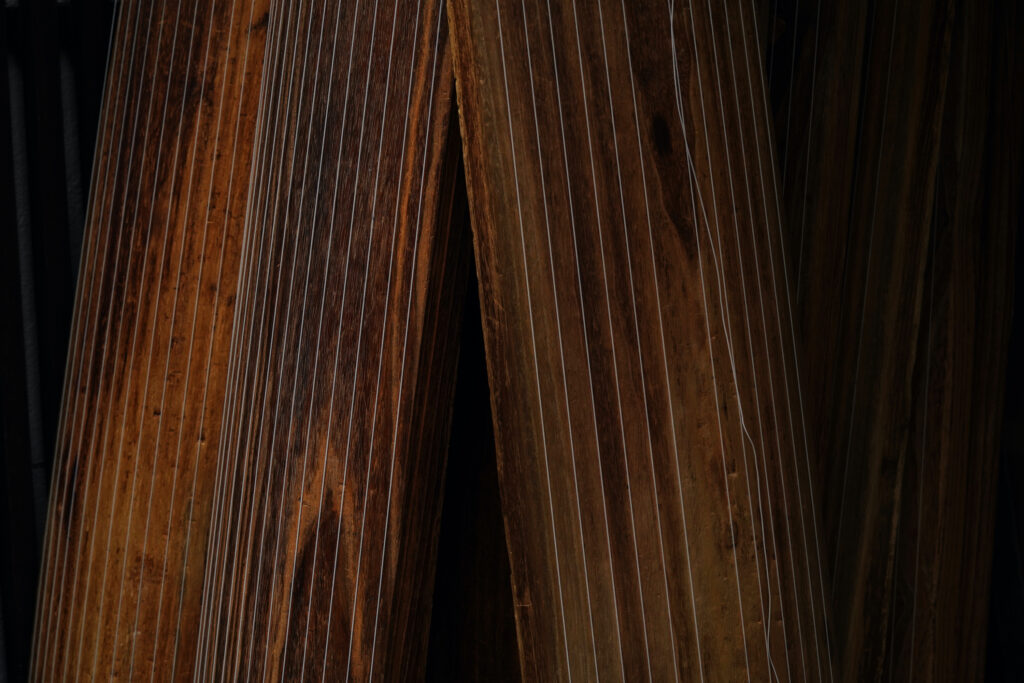
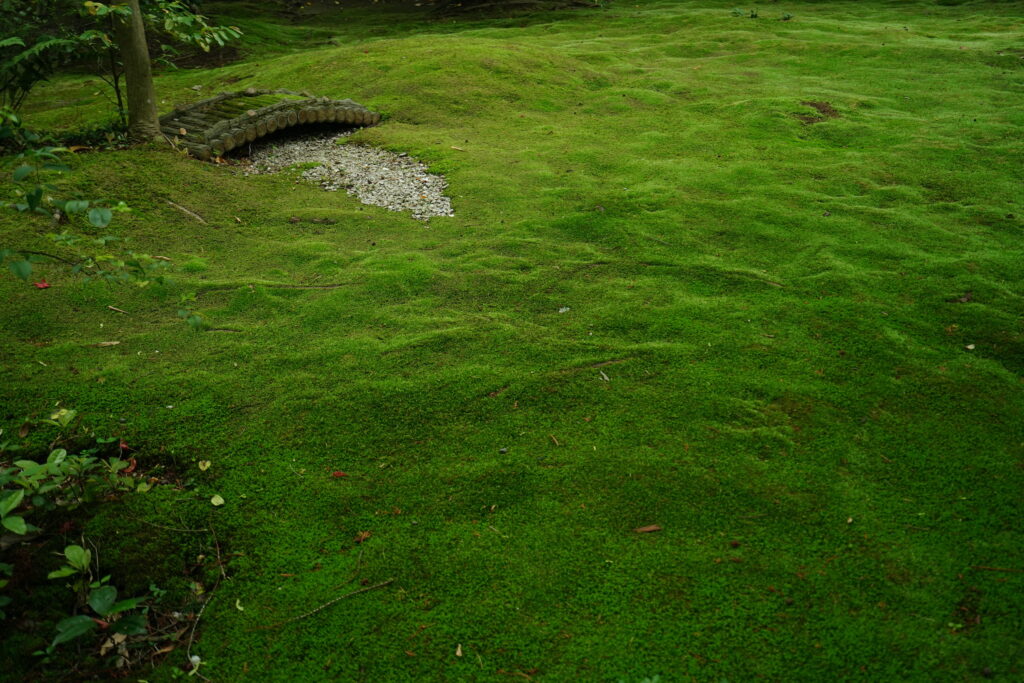



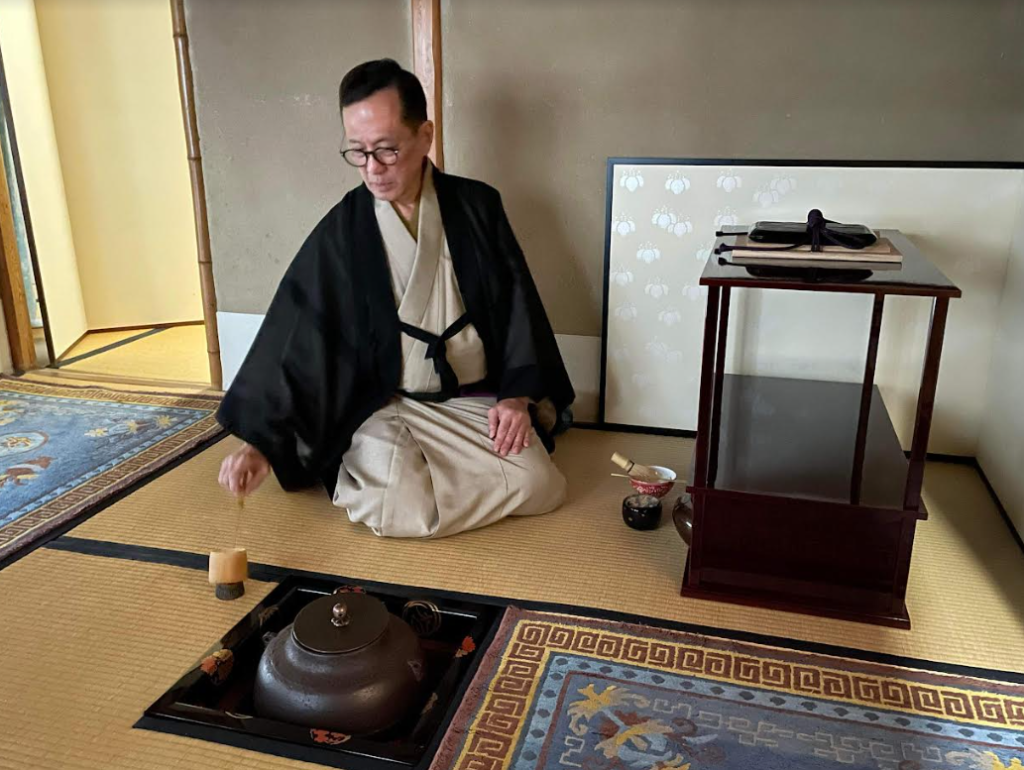

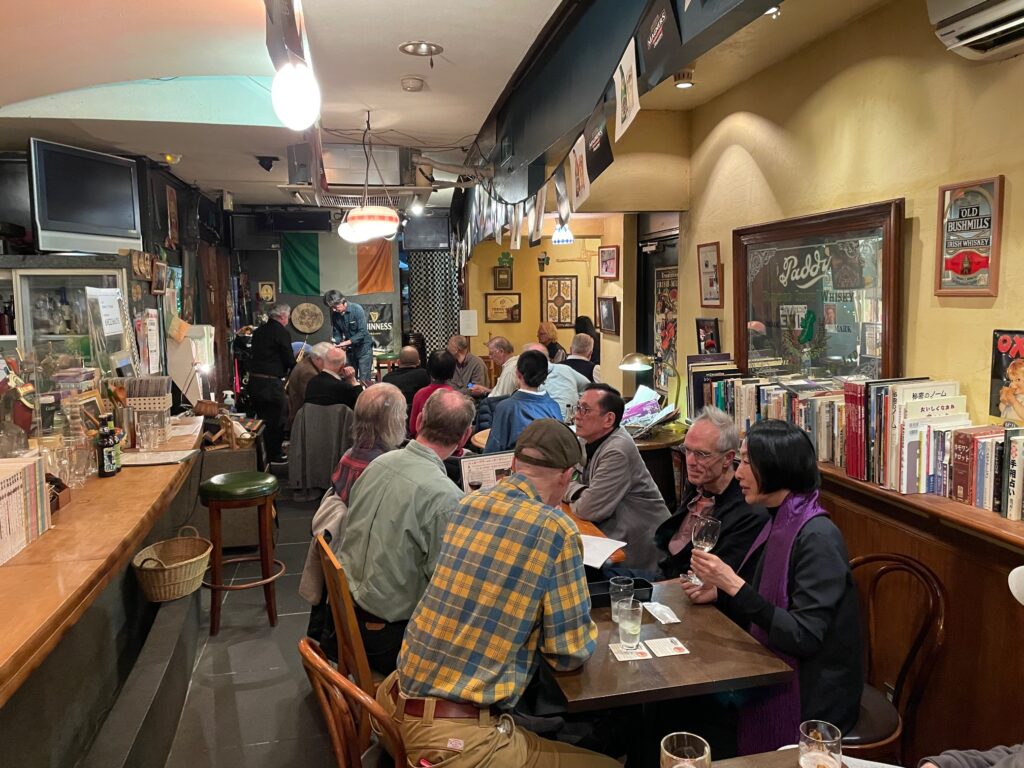

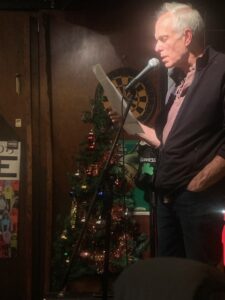
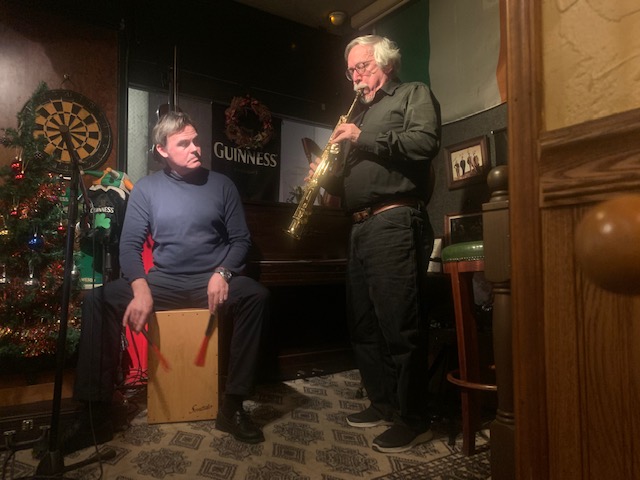







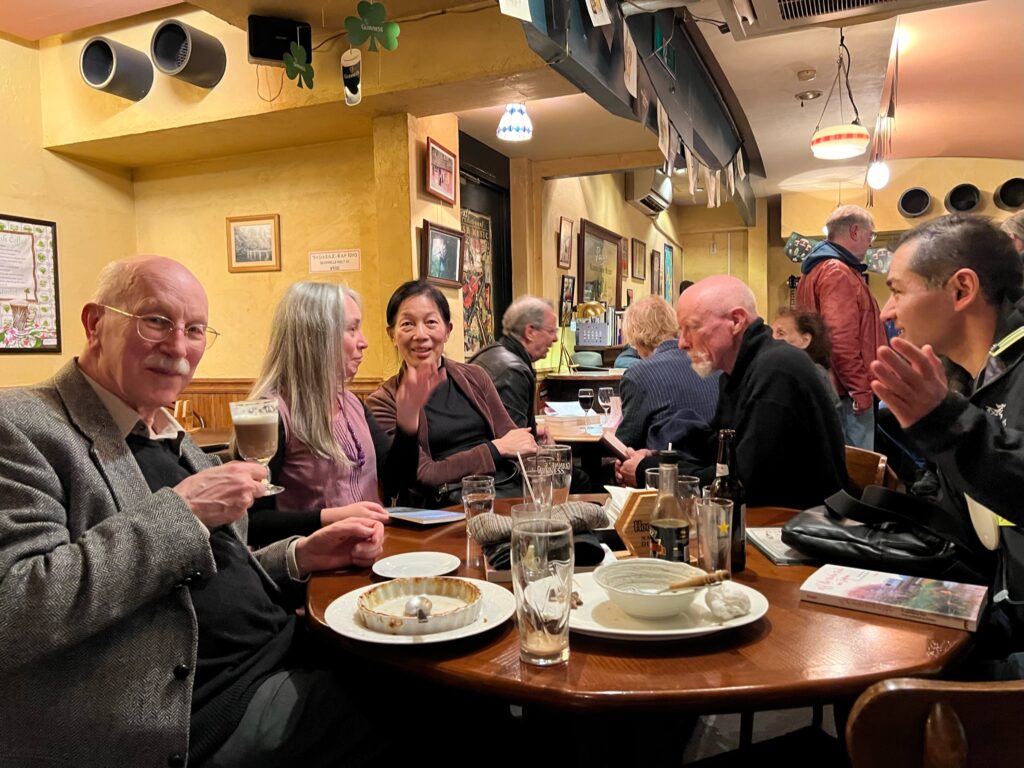





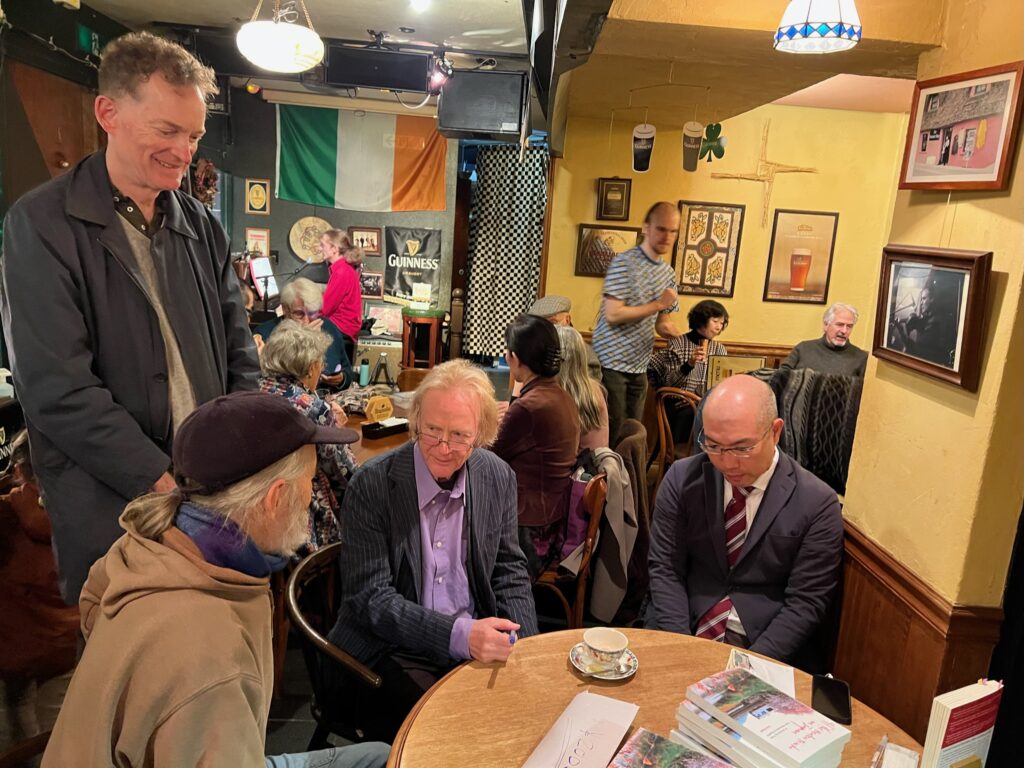

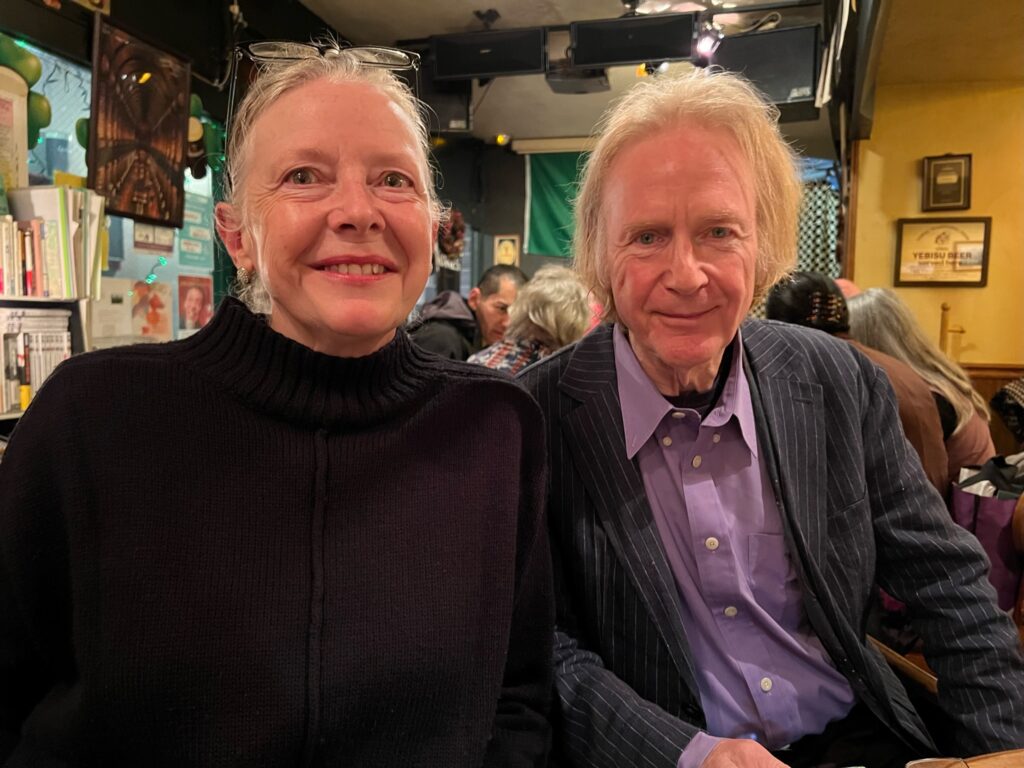

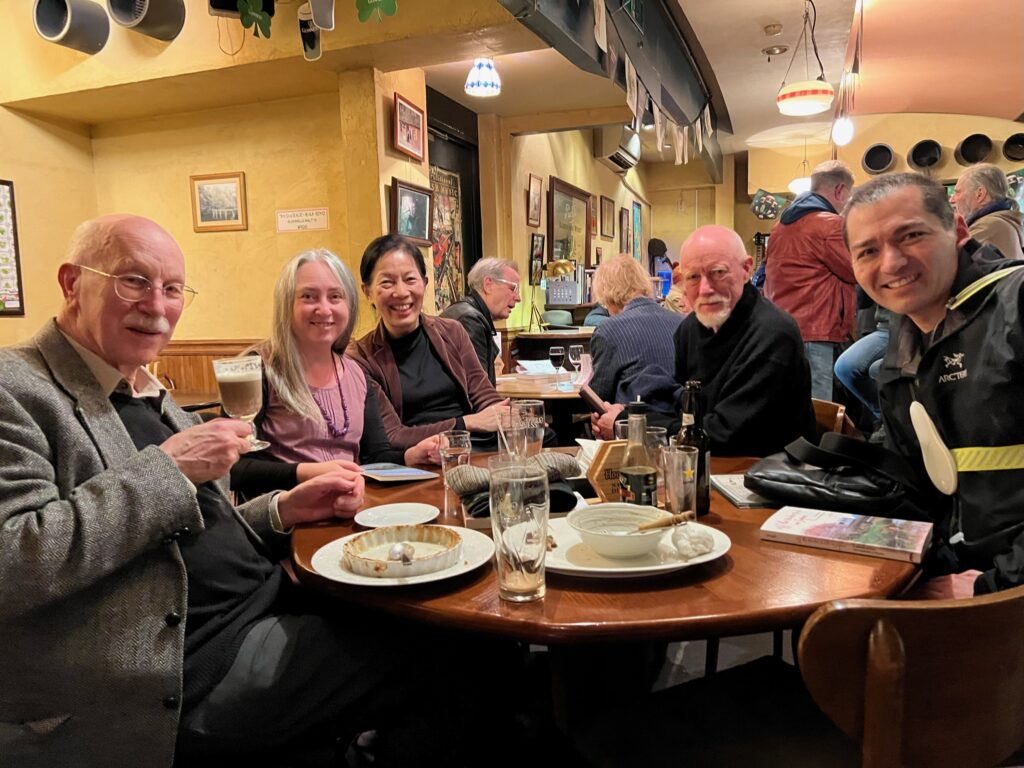
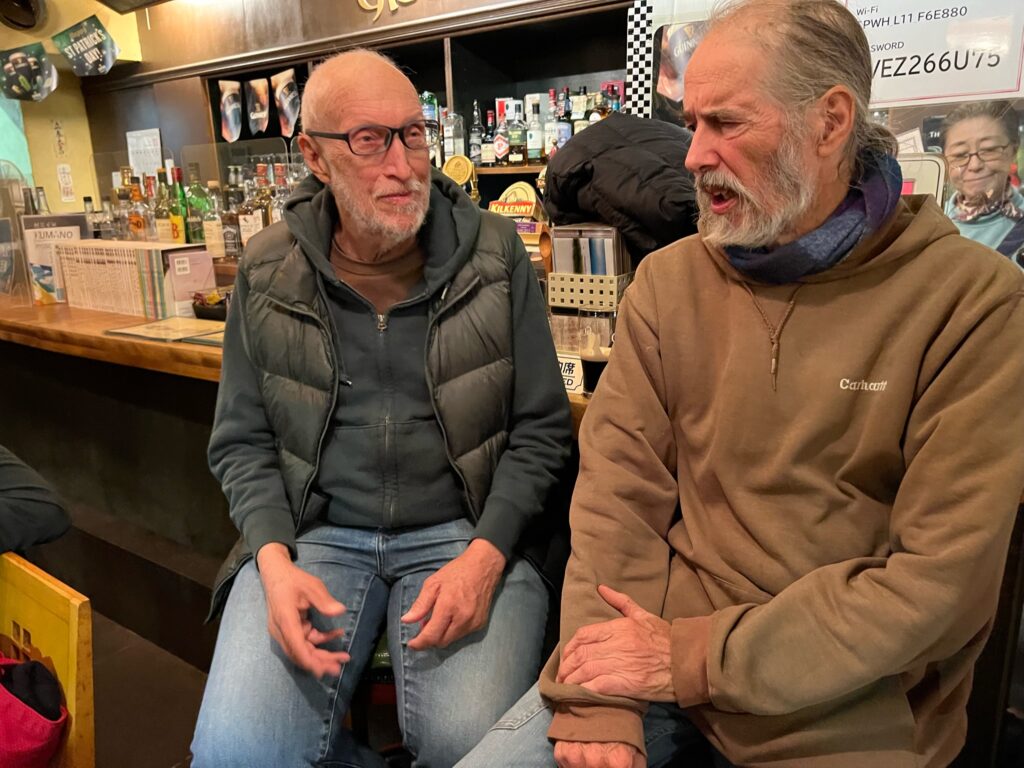





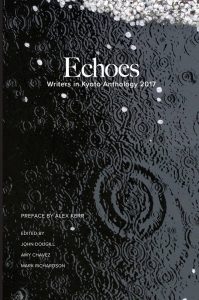
Recent Comments